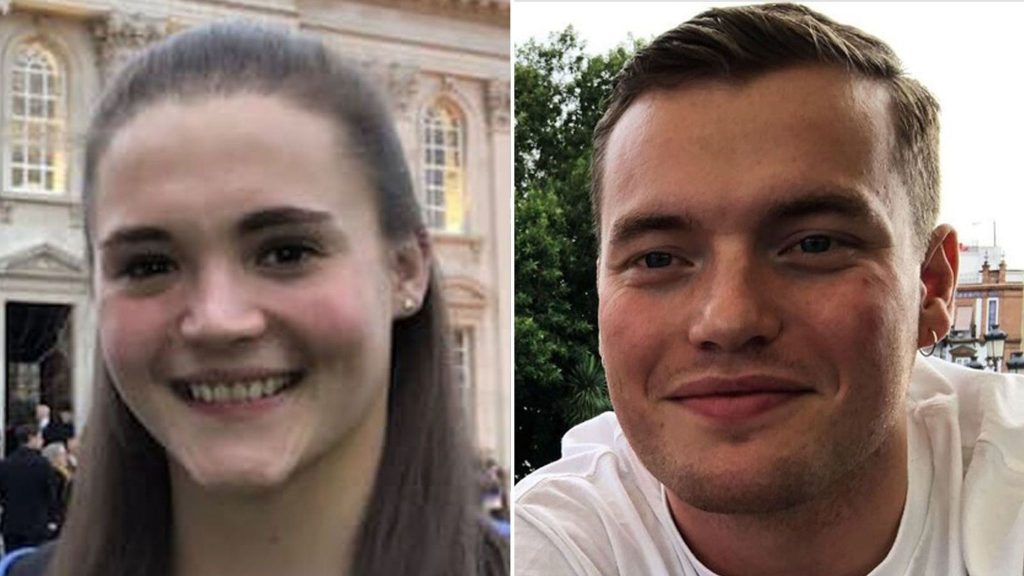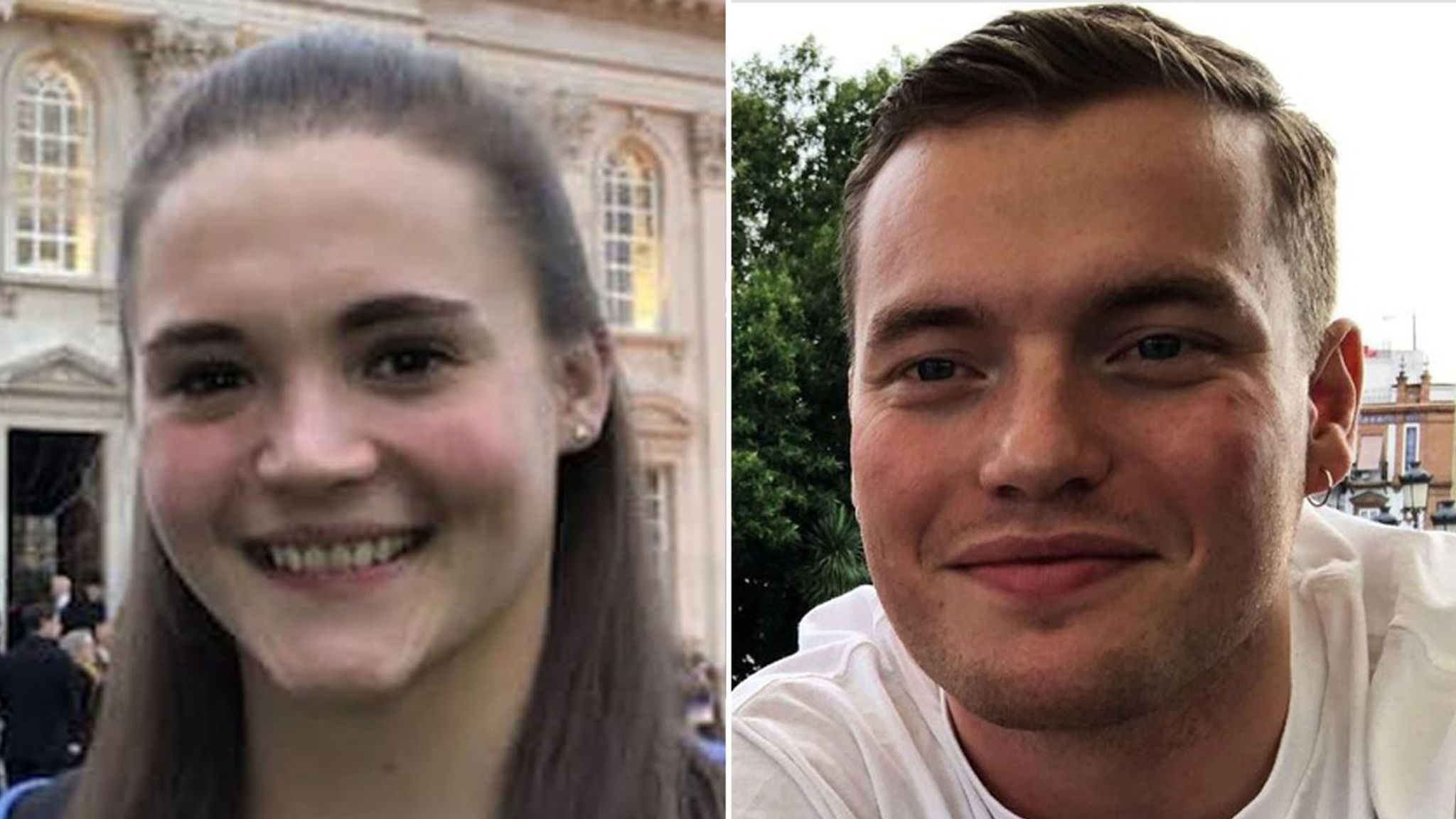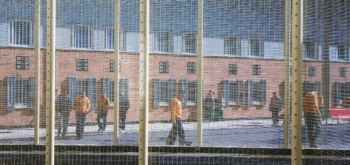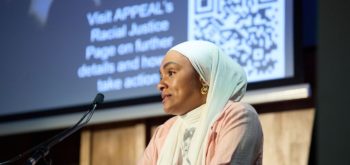It has been more than three years since the 2019 London Bridge terror attack. As the dust settled and the sirens dimmed in the aftermath, Saskia Jones and Jack Merritt were declared as two young people who had died in the tragedy. This article is in memory of Saskia and Jack, their infectious smiles and undying will to make society a better place. And of how the state failed them on that chilling autumn day.
Incidents like London Bridge tend to be unexpected. Their suddenness is what brings a nation to standstill. But it is precisely because it was expected to happen that the legacy of London Bridge is overshadowed by unforgivable levels of state failure. The manner in which the victims were let down by the state’s supposedly robust and intertwining security apparatus eventually led a coroner to rule that Saskia and Jack were unlawfully killed. Why then, did this happen?
Usman Khan, the terrorist perpetrator, was no stranger to services tasked with keeping us safe. Sentenced in 2012 for terror offences including seeking to set up a militant training camp, the snippet of intel that led to Khan’s initial arrest – a plot to blow up the London stock exchange – had even got him banned from entering London as part of his license conditions upon release from prison.
Incarceration did not rehabilitate Khan, who spent six years in her majesty’s prisons radicalising other inmates as a known leading extremist. A prison psychologist reported there was a high risk he would become involved in extremism on release. His probation officer assessed him as posing ‘a very high risk’ to the general public, predicting a seriously harmful event was more likely than not to happen. And crucially, intelligence gathered shortly before Khan’s release indicated he intended to carry out a terror attack once out.
What followed were mistakes of institutional proportions. Khan was released in 2018 and initially subject to stringent license conditions, strapped with a GPS monitor and lived in approved probation premises. His whereabouts were meant to be trackedby an offender manager, specialist counter-terrorism PREVENT officers and a high priority investigation run jointly by MI5 and West Midlands Police.
But the fuss with monitoring Khan saw little observance on the ground. Months before he attacked, his offender manager completed an updated ‘Extremism Risk Guidelines’ assessment to gage the risk he posed. Painting a naively optimistic view of Khan and suggesting his risk level be down-graded, it contradicted the red flags previously raised by Khan’s prison psychologist. Later, we learned the offender manager had very little experience dealing with terror offenders and lacked the required psychological background. And no detailed rationale was ever recorded by the offender manager for lowering Khan’s risk level in the days that followed.
Around the same time, PREVENT officers tasked with managing Khan stopped visiting him regularly. Seemingly interpreting Khan’s initial, post-release compliance with his license conditions to mean he no longer posed any threat, they sporadically met with Khan. By this point, Khan was becoming increasingly isolated, spending his days in a dark flat playing video games. Isolation and a failure to integrate in the community had been identified as particular factors which might lead him to reoffend, but this was missed by the PREVENT officers who were not trained in managing serious terror offenders in the community. The laissez-faire attitude to checking in with Khan culminated in laughable incompetence. During a visit two weeks before the attack, officers attempted to take a picture of his Xbox console; Khan opposed and asked them to leave, and bizarrely, they did.
Most incredible in the mistake-ridden saga was letting Khan attend the event at London Bridge where he would wreak havoc. Khan was invited by Cambridge University group Learning Together, an initiative bringing students to study alongside prisoners. At the time, secret services had information that he planned to carry out an attack, but for reasons unbeknownst to anyone did not tell Khan’s probation officer. Ignorant of these intentions, and in what would summarise London Bridge as a scathing inter-public body communication failure, the probation officer authorised Khan’s trip to the event. This was the decision to allow a terror offender to take a train to London, unattended, whereby he would join a gathering of people in a bustling corner of the capital – and all the while MI5 operatives knew he planned to strike. On 29 November 2019 Khan did exactly that, killing two and injuring others.
Nor had the trip raised any eyebrows by the Multi-Agency Public Protection Arrangements (MAPPA). MAPPA is the fancy word for the meetings supposedly held and attended by the web of police forces, probation service and other agencies who were responsible for monitoring Khan. The idea was that based on these meetings, decisions would be made about how to reduce the risks he posed. At a MAPPA meeting held just after Khan’s release for example, the question of Khan attending a dumper truck course was discussed. Fearing the obvious idiocy of a former terror offender learning to drive trucks (given the wave of terror attacks across Europe involving vehicles at the time), it was rightly decided that this was not appropriate.
So why Khan’s trip to London was not caught by MAPPA’s net remains troubling. At the inquests, we learned that the event was not subject to any detailed discussion at MAPPA meetings and that no one present objected to Khan’s attendance. The coroner would later term this as “a collective failure by the MAPPA participants to give any thought to the risks arising from the prospective visit to London”.
At the inquests, the coroner told how Khan maimed using two long knives and a hoax suicide vest which he’d purchased days before the attack. Astonishingly, toxicology reports showed he had cocaine in his system, meaning he’d also managed to ascertain illegal drugs prior to attacking. Such was the worrying ease with which Khan evaded the authorities supposedly monitoring him as one of few ‘Category A (High Risk)’ prisoners released into the community at the time.
There were undoubtedly other factors at play at London Bridge. Much has been made of the mistakes of since disbanded group Learning Together, who romantically but fatally cast an image of Khan as a reformed poster-boy for their organisation. Their failure to do proper-risk assessments or background checks into prisoners they worked with at events was described by the coroner as a “matter of significant concern”. Staff at the event, not knowing who exactly was on the invite list, hadn’t put in place so much as a rudimentary bags check which might’ve prevented catastrophe. Yet this does not wipe away the underlying cause of the tragedy, which was a public body failure.
Complicity through state inaction is not unique. The inquiry into the Manchester Bombings in 2017 revealed security services did not take preventable steps despite knowing the perpetrator Salman Abedi’s involvement with extremist groups. Britain had even gone so far as supporting the groups Abedi was involved with during the Libyan civil war, when it is thought he had become radicalised. MI5, prioritising the pursuit of Britain’s adventurist foreign policy games abroad, turned a blind eye to Abedi (and countless others) travelling back and forth from Libya and never detained him upon return despite streams of intelligence showing his contact with extremists. The trend with London Bridge and the Manchester Bombings is clear. In both cases, they knew and did not act. Ultimately, this led to the loss of human life.
Nor is the setting in which Saskia and Jack found themselves uncommon. Hundreds of advice centres, university clinics, pro-bono organisations, campaign groups and research initiatives are dotted around the country. Often staffed with young students and volunteers, these places are essential to making the future lawyers, policy makers, service people and other roles that commit to improving society. For this reason, the work that goes on in these places cannot be undermined by the failures that happened at London Bridge. Engaging with former prisoners and other vulnerable members of society in these places is crucial not just to shaping future development, but also to the recipients of this work.
Take the words of one former prisoner who had been supported by Jack Merritt through Learning Together, who spoke of how “Jack gave someone like me a voice. He was someone who wanted everyone to be on an equal footing and give people like myself a second chance”. Jack was dedicated to working in the fields of criminology and social justice, and one can only imagine the impact he would have continued to make in improving the lives of others.
Equally inspiring is the story of Saskia Jones, who had overcome so much in her short life and given back even more. After surviving a life-changing traffic accident as a child she devoted her studies to tackling sexual violence and supporting its victims, delivering crucial research with Rape Crisis Cambridge. Such was Saskia’s passion in this area that she was hoping to become a detective in the victim support unit. She would have been an irreplaceable figure in any police force.
No words capture the unimaginable loss of Saskia and Jack better than those of the jurors at the end of the inquest: “The world lost two bright stars that dreadful day”. We cannot forget how the state allowed it happen. For the sake of young people, their futures and aspirations.








